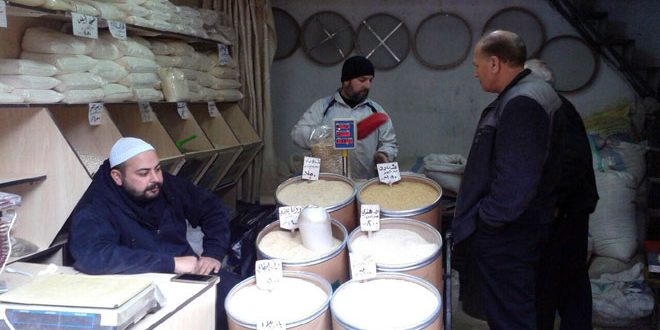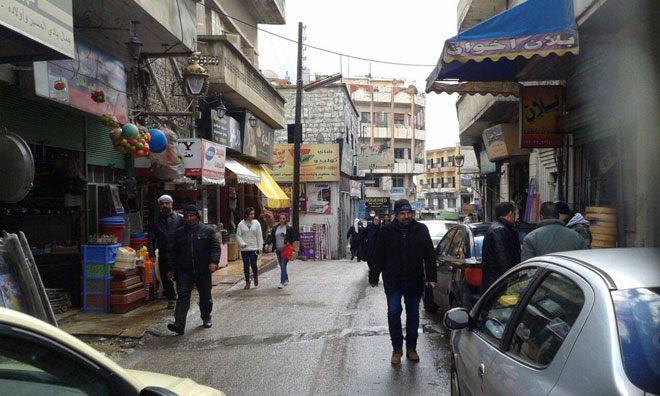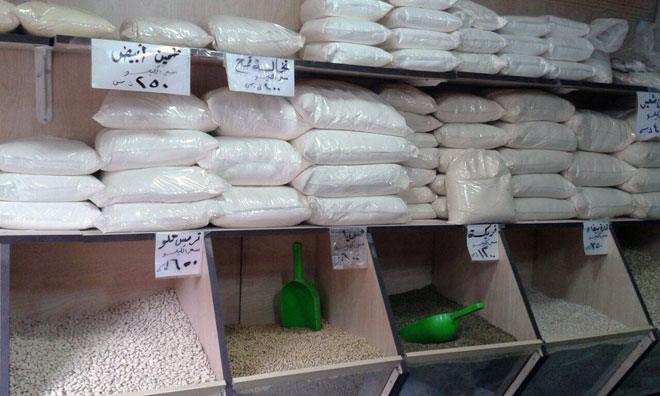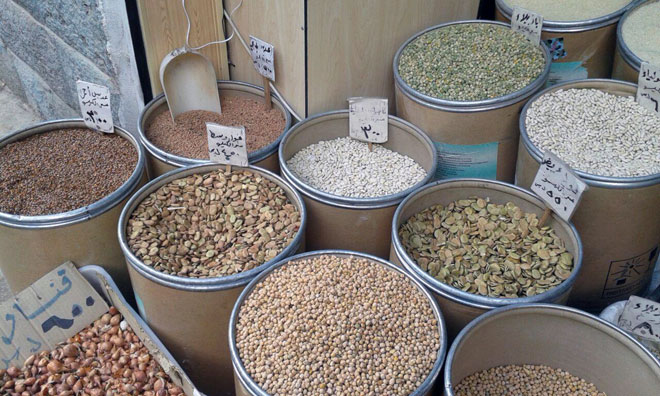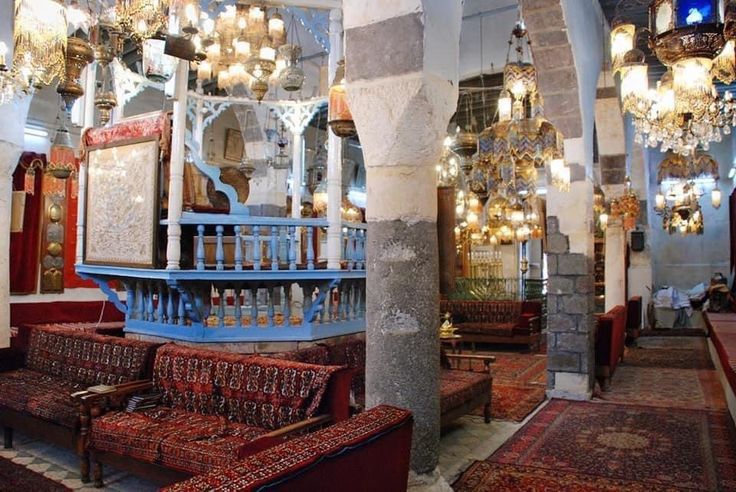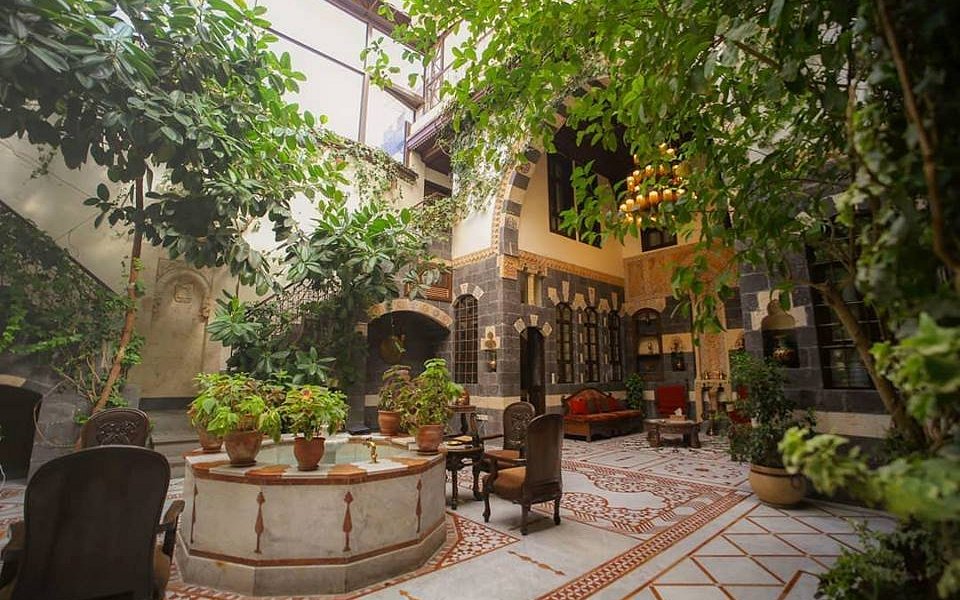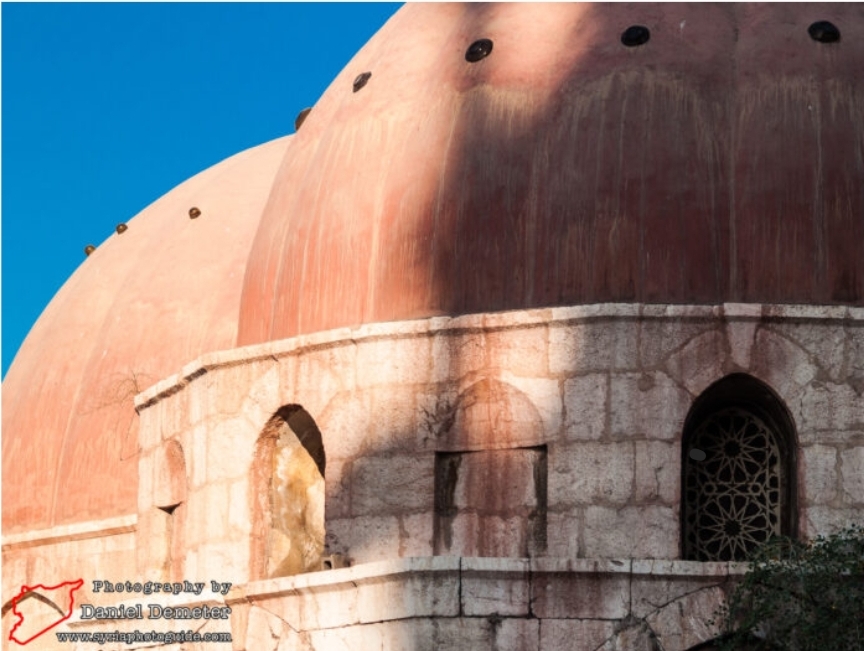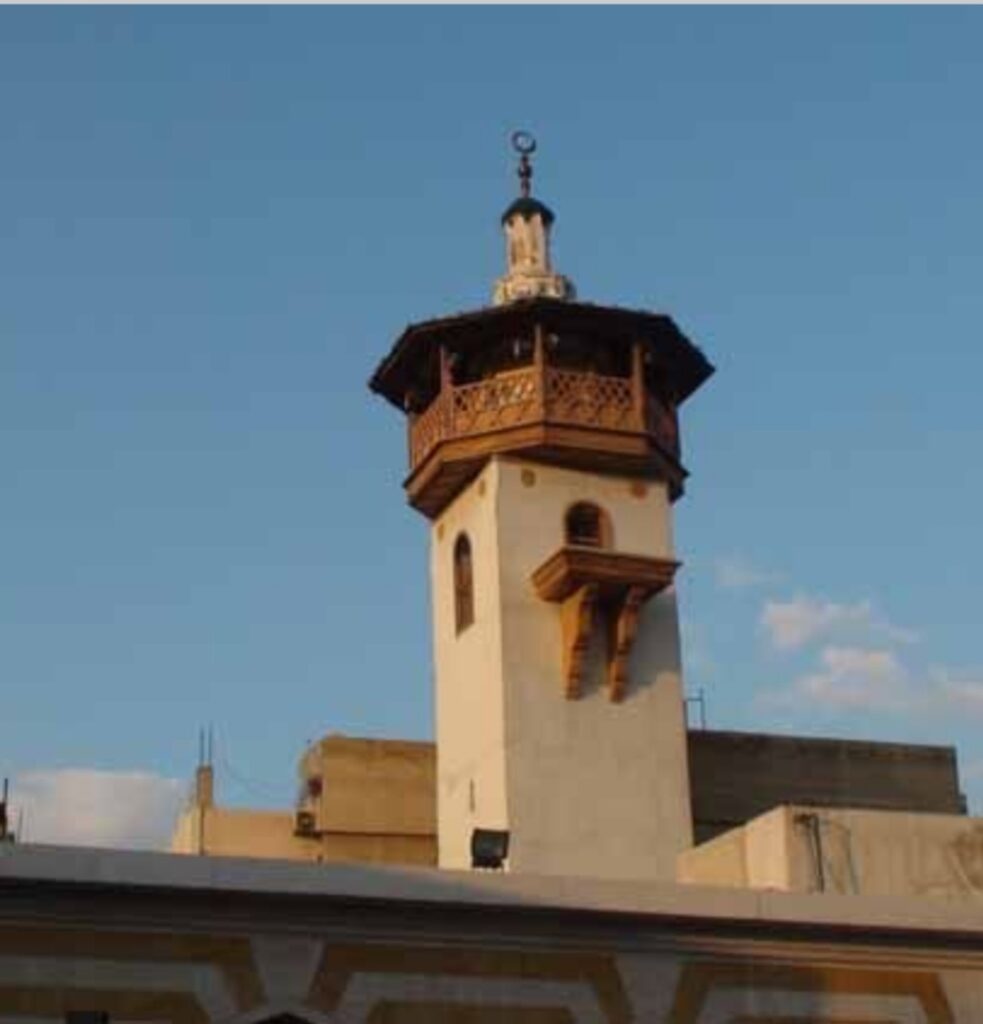In the heart of the old city of Sweida, the wheat market was the pulse of the city’s economic life, a key location connecting the countryside to the city, the farmer to the merchant, and the household to the season. The market was known by this name because it was a major center for the sale of wheat and grains produced by Jabal al-Arab. Caravans would flock to it from various surrounding villages, laden with summer crops, to be sold or exchanged for household needs.
The market extended over a small area of the old city, adjacent to other markets such as the Butchers’ Market and the Blacksmiths’ Market, making it part of an integrated economic network. Despite its simple architectural structure—it comprised a group of stone shops with wooden roofs—its role was pivotal in regulating local food security and determining seasonal wheat and barley prices.
The market was distinguished by its close relationship with the community. It was not merely a point of sale and purchase, but rather a place for daily meetings, the exchange of news, and the building of trust between farmers and merchants. Stone scales and weighing scales had a special presence there, symbolizing integrity and honesty. These tools were used to accurately measure crops.
Today, the market is no longer as vibrant and active as it once was. Economic transformations and urbanization have altered its appearance, and many of its old merchants have disappeared. Nevertheless, the memory of the market remains vivid in the minds of locals, and many believe that reviving or documenting it is a necessary step to preserve an important part of Sweida’s popular heritage, which reflects the profound relationship between the land and the people, between the seasons and memory.
